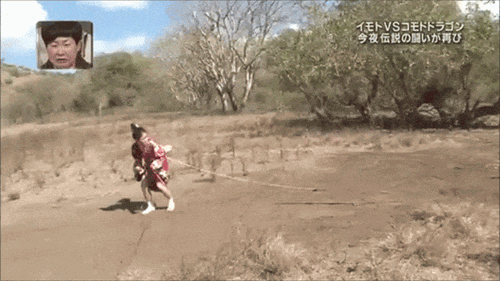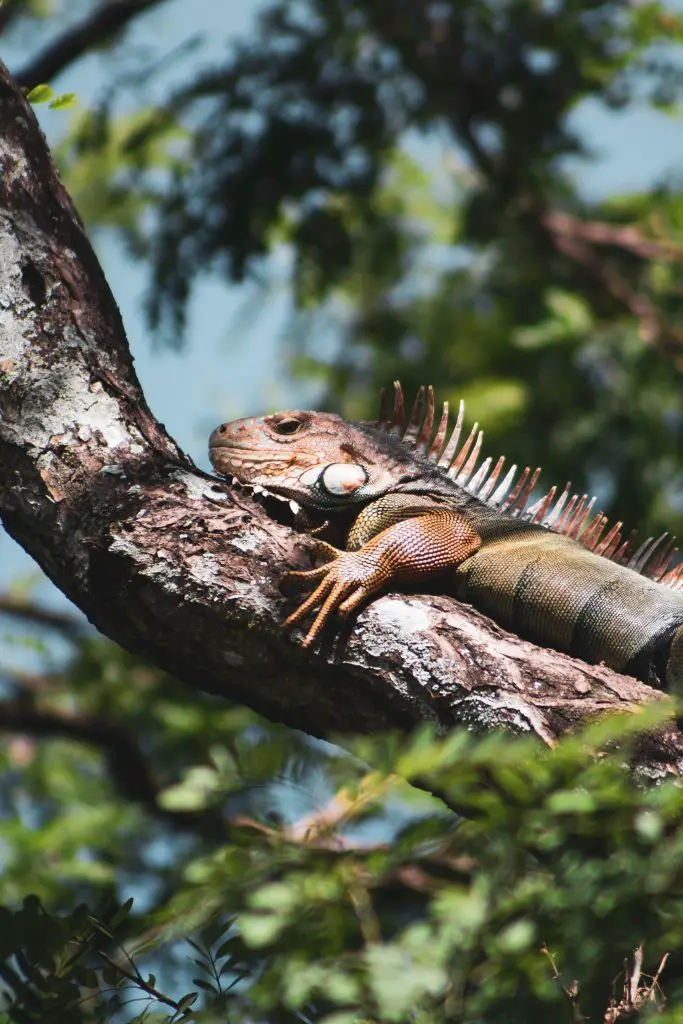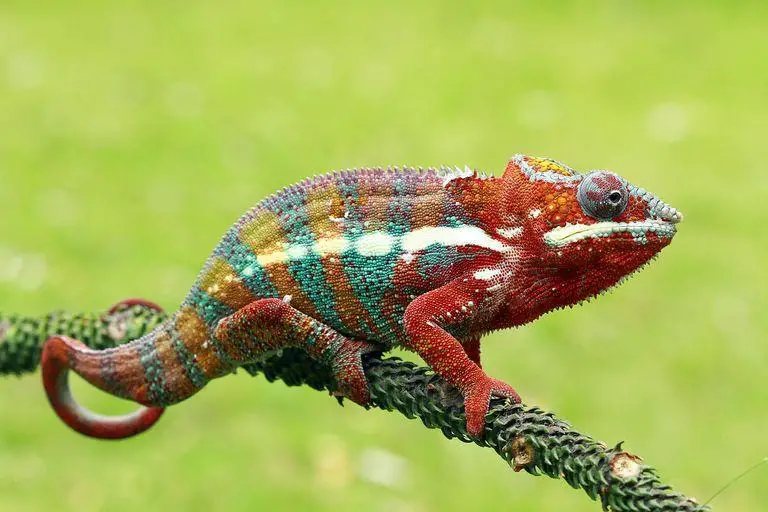Heyoo, hello there, fellow pet lizards enthusiast! I suggested the best starter lizards. In this article, let’s talk about the worst lizards for beginners.
Within the scope of the article, these fields are applied for beginners only. If you are experts on breeding lizards, you don’t have to worry about this.
So, let’s get started!

Btw, before getting to the article content. Thanks to unsplash.com for the super cute pet lizards there.
Contents
List of Worst Lizards for Reptile Beginners
While reptiles, especially lizards, are commonly available in pet stores and inexpensive, they are not ideal for beginners. The majority of reptiles are not suited for captivity life.
Furthermore, everyone has to consider their size, temperaments, and aggressiveness.
They also have difficult care requirements and other considerations to take into account.
However, in the list created for the worst starter pet lizards, we do not say they cannot be pets. They are just more difficult to keep, especially for starter pet owners.
Iguana

The green iguanas are some of the market’s most common and cheap pets.
They are also sociable and intelligent, but they grow into large monitors. They can grow to 5-6 feet and have razor-sharp spikes, talons, and also have large teeth.
As such, this creates a hazard for the handler where even the tame iguanas can accidentally cause nasty cuts or slashes, necessitating handling with care.
Furthermore, their caging requirements can reach up to half the size of an average bedroom, as well as special lighting and heating.
The babies grow fast and thus require space planning to be in place up front. They can live up to 15 – 20+ years. They grow up to 5-6 feet.
Requirements
- At a minimum, they need a 6 x 6 x 6 feet cage as adults
- Vegetable diet
- Controlled lighting and heating
Pros
- Cheap
- Easy to find
Cons
- Aggressive animals
- Their large size requires large space
- They are high maintenance and a big commitment
Read more: iguanas now illegal in Florida
Savannah Monitor

The second species of worst lizards for beginners is Savannah Monitor. It is not suited for starters, not because of the cost.
The savannah monitor is a cheap lizard. A baby can cost below $25, but they grow into large monsters that can inflict injury through bites or break bones using their tail whip. As a result, they are victims of abandonment as adults by impulse buyers.
They are good pet monitors, but not ideal for beginner keepers. They require experience handling and lager cage spaces.
Savannah monitors also eat a lot and thus require cleaning after every day, which increases the tasks involved.
Their intelligence is high making them great escape artists and can result in extensive property damage.
They live from 10 to more than 15 years and can grow to 3-4 feet.
Requirements
- The cages needed for the adults must be minimum 4 x 8 x 4 feet
- They need special controlled heating, humidity and lighting
Pros
- They are easy to find and cheap
- Evenly tempered compared to other monitors
Cons
- Savannah Monitor‘s size is large
- Quite messy
- They require intensive resource investment
Green Anole

The green anole is a common and cheap lizard. However, whereas they are cheap to acquire, their maintenance is expensive.
They require expensive lighting and a controlled environment, which is numerous times the initial cost.
Although the anoles look pretty, they are easily stressed and should not be handled regularly.
Green anoles are carnivorous, which increases their need for a daily insect diet supply for the juveniles and every other day for the adults.
It is easy to keep them with a proper setup, but due to their flighty nature and specific care needs, one needs to think and decide wisely before buying them.
Green anoles live from 3 to 5 years and can grow up to 5 to 8 inches.
Requirements
- They require a 10-20 gallon tank or equivalent
- They need controlled heating, UVA, and UVB lighting
Pros
- Easy to find and cheap
- They are small in size
Cons
- Their setup is expensive
- They are easily stressed
Chameleon

Chameleons can thrive in captivity, but their needs are quite specific and they can be difficult to care for.
Most chameleons available in stores are caught in the wild, which makes them challenging to handle and look after. It’s important to ensure that they are captive-bred to avoid any potential diseases or parasites.
Although chameleons are beautiful creatures, they are best left alone unless absolutely necessary as they are quite fragile and prone to stress.
They require high humidity and a specialized terrarium with either fake or natural plants, ideally with an automated misting system.
Chameleons are fascinating pets, but they require extensive research and commitment. They typically live between 2 to 5 years and come in various sizes.
In summary, chameleons are not recommended for beginners.
Requirements
- Their cage size is dependent on the species’ size
- They need controlled lighting and specific humidity
Pros
- They are unique and fascinating
Cons
- Expensive set up needs
- Easily stressed
- They are not handling-friendly
Other Monitors
Numerous commonly available monitor species include Asian water monitors, Nile monitors, and green tree monitors, among others.
Most of these animals make poor captives as they grow to large sizes and have extremely delicate environmental needs.
As such, it is important to conduct in-depth research before buying one of these monitors.
While babies might be intelligent and inexpensive, the maintenance costs can rise to thousands of dollars.
In addition, it is important to consider that they may be wild-caught and could be harboring pests and parasites.
The lifespan varies with the species, and most are large in size.
Requirements
- Most require large cages
- They also need controlled lighting, humidity and heating
Pros
- High intelligence
- Attractive
Cons
- Expensive to maintain
- Difficult to care for especially for first time keepers
- Aggressiveness

hey, not all monitors are bad for beginners, ackie, dumeril’s, timor, argus, black-throated, peach-throated, storr’s pygmy, and even asian water monitors make great pets, even for begginers